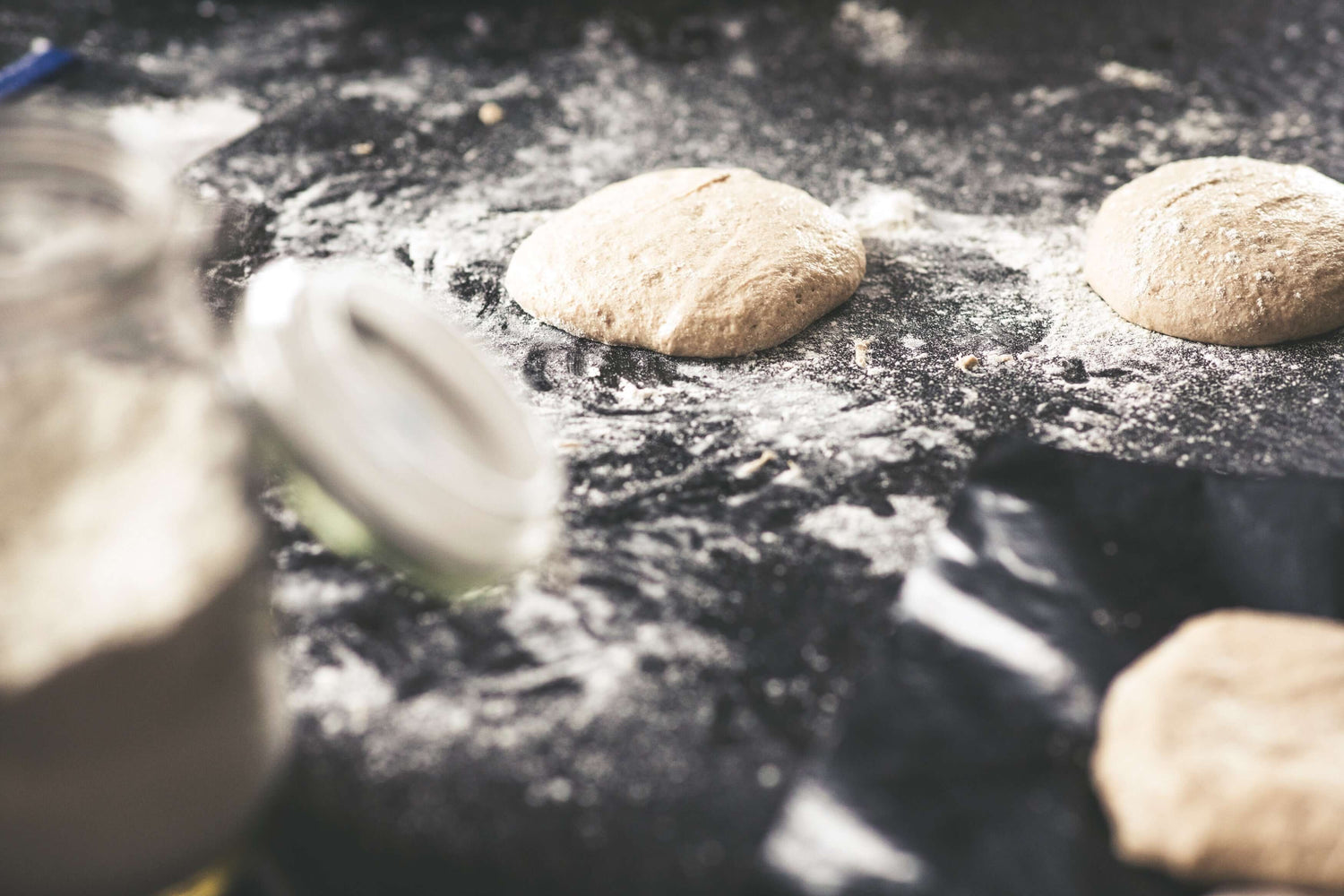Yeast Intolerance Test - What It Is, When To Do It And Why. If you want to find out all this, continue reading this article to learn more!
While much of the world focuses on lactose intolerance or gluten intolerance, another intolerance that is often overlooked and underestimated is yeast intolerance. This condition can have a significant impact on your health and daily well-being.
In this article, we will explore yeast intolerance, what it entails, and how you can manage it to regain control of your health using a few solutions, including yeast intolerance testing.
What is yeast intolerance?
Yeast intolerance , also known as yeast syndrome, is a condition in which the body has difficulty tolerating and digesting yeast, a type of fungus.
This type of intolerance should not be confused with a yeast allergy, which is a specific allergic reaction to the fungus and can cause more severe symptoms.
Yeast intolerance, on the other hand, involves digestive symptoms and other health problems related to the body's inability to handle yeast efficiently.
Yeast is used in the production of various foods , including bread, beer, wine, and many baked goods.
Yeast Intolerance: The Most Common Symptoms
When a person with yeast intolerance consumes foods or drinks that contain yeast they may experience some symptoms .
The latter can vary from person to person, but the most common ones include:
- Gastrointestinal disorders : Bloating, flatulence, diarrhea, constipation and abdominal cramps can become an unpleasant part of daily life;
- Recurrent infections : Since yeast is naturally present in our bodies, overingestion can lead to recurrent yeast infections, such as oral or vaginal thrush;
- Headaches and Fatigue : Some people experience headaches, fatigue, and lack of energy after consuming yeast;
- Skin problems : Acne, eczema, and other skin conditions can be triggered or aggravated by yeast ingestion;
- Systemic symptoms : Some individuals may develop systemic symptoms such as joint pain, breathing problems, or allergic reactions.
How to manage yeast intolerance?
The good news is that yeast intolerance can be effectively managed with some dietary modifications and careful attention to food choices . The first step is to avoid foods known to contain yeast, such as bread, pizza, beer, and fermented foods.
Therefore, be sure to carefully read the labels of every food you plan to consume. Another solution is to keep a diary of your eating habits and associated symptoms.
This little habit will help you identify foods that trigger reactions. To better manage yeast intolerance, you can also replace yeast-rich foods with safe alternatives. For example, you can opt for yeast-free bread or bread made with coconut flour.
Keeping your immune system healthy can help prevent yeast infections. Therefore, eating a balanced diet and living a healthy lifestyle are of utmost importance.
Yeast Intolerance Test - When to Use It
If you suspect you have a yeast intolerance, you can also take a yeast intolerance test to find out.
The Holifya test kit , which comes with a saliva swab and an intuitive instruction booklet, will guide you through the process without any complications.
In addition, the 3 sample code stickers will ensure maximum anonymity of your sample during the logistics phase, protecting your privacy. The kit also includes an exclusive Member's Card, making the process even more personalized.
Before starting the yeast intolerance test, be sure to follow these instructions to ensure accurate results.
For at least 1 hour before the test, avoid eating, chewing gum, smoking, brushing your teeth, or drinking anything (except water).
This step is essential to ensure that the saliva sample is as pure as possible. Then, wash your hands thoroughly before starting and wear disposable gloves to ensure maximum hygiene during the procedure.
Yeast Intolerance Test - How Does It Work?
Next, open the bag containing the yeast intolerance test kit where you will find a plastic tube with a cap that contains a preservative liquid. Insert the swab into your oral cavity, placing it above your tongue, and moisten it generously with your saliva.
Gently close your mouth and hold the swab in place for 10 seconds . To improve the collection, use your index and middle fingers to press the swab against the inside of your cheek.
Move the swab to one side of your mouth and rub it vigorously against the inside of your cheek near the gum line 10 times. Then repeat the same step on the opposite side of your mouth.
After collecting your saliva sample, reinsert the swab into the plastic container provided with your kit. Make sure to close the container tightly until you hear a “ click .” This ensures that your sample is securely sealed and ready for testing.
Conclusions
Yeast intolerance may seem like a roadblock, but with the right knowledge and management, it is possible to live a healthy and fulfilling life. Don't ignore the symptoms or underestimate the potential impact this condition can have on your daily life.
If you suspect you have a yeast intolerance, take the first step towards regaining control of your health through yeast intolerance testing as the key is information and conscious action!




Leave a comment
This site is protected by hCaptcha and the hCaptcha Privacy Policy and Terms of Service apply.